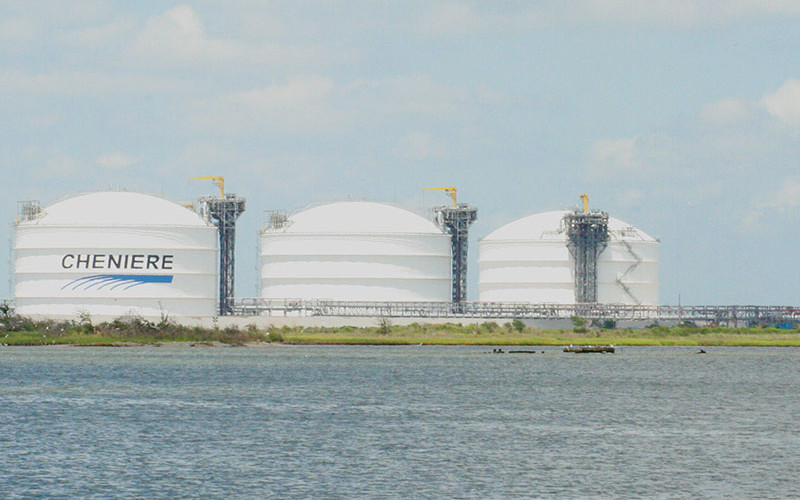The billions being spent to increase Gulf Coast liquefied natural gas (LNG) export capacity will prove to be a sound investment if a recent analyst’s projection is to be believed.
“There is no immediate cure as most supply under construction will not be available until at least 2026,” Massimo Di Odoardo, vice president of gas and LNG research, told the Wood Mackenzie Gas, LNG and the Future of Energy 2023 conference in London on Nov. 14. “As a result, buyers still face some years of high – and volatile – prices before the next wave of LNG supply rebalances the market and improves affordability.”
Over the first half of 2023, the U.S. again led the world in LNG exports, averaging 11.6 billion cubic feet per day (Bcfd), nearly all from five operational terminals in Louisiana and Texas, according to the Energy Information Administration. Two new Gulf Coast terminals are expected to begin inaugural shipments this year with five more under construction with a combined 9.7 Bcfd of LNG export capacity.
The nation’s leading exporter, Cheniere Energy Inc. shipped 1,6784 trillion BTUs (TBtu) in the first nine months of 2023 from its pacesetting Sabine Pass terminal in Louisiana and its Corpus Christi, Texas, facility. Both terminals are undergoing expansions.
As with 2022, Europe remained the primary destination for U.S. LNG exports, accounting for 7.7 Bcfd, or 67% of the tonnage dispatched in the first half of last year, according to the EIA. Once again, the increase in cargos to Europe is largely attributed to supply disruptions caused by the ongoing Russia-Ukraine war.
“The global gas market has staged a remarkable recovery since Russia’s invasion of Ukraine in early 2022 but remains easily spooked,” said Di Odoardo. “The conflict in Israel/Gaza, possible pipeline sabotage in the Baltics, and the threat of strike action at Australian LNG facilities all pushed spot prices up 35% through October.”
With the winter heating season well underway, Europe’s gas supply-demand ratio was a bit unbalanced in November as withdrawals outpaced storage injections by just under 20 million cubic feet per day (MMcfd), according to Norway’s Rystad Energy. Beginning in September, LNG imports to Europe rose steadily, reaching a second-half high of 2.8 MMcfd in the week of Nov. 6-12, Rystad said.





